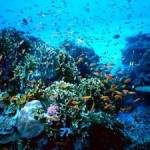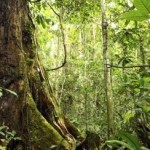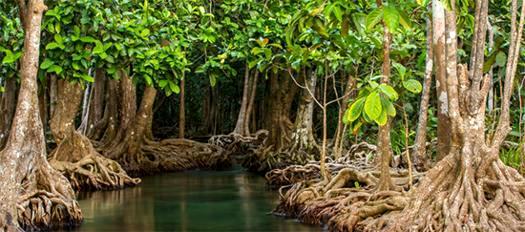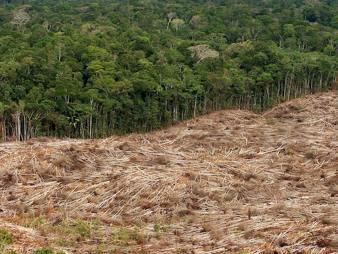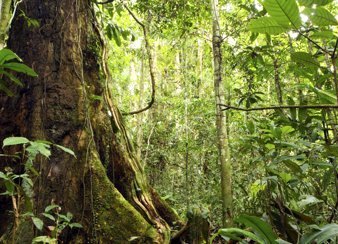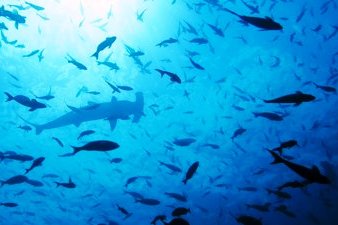
Marseille, France – Marine protected areas now cover 2.8% of the global ocean – an area larger than Europe – according to the official map released in October based on data provided by the World Database on Protected Areas, run by International Union for Conservation of Nature (IUCN) and the United Nations Environment Programme (UNEP).
The map shows an increase of 0.6% in the ocean area protected since 2012. In 2010, most of the world governments agreed to protect at least 10% of the world’s marine and coastal zones by 2020.
“It’s encouraging to see the progress we’ve made so far,” says Carl Gustaf Lundin, Director of IUCN’s Global Marine and Polar Programme. “Protecting less than 3% of the ocean is still not enough to ensure its sustainable conservation. However, if we continue to increase this area by one percent each year, we should be able to reach the agreed 10% by 2020. We’re hoping that this map will make this process much more efficient.”
The map makes global marine protected areas easily accessible to marine specialists and the public for the first time. It offers the possibility to track progress towards protecting the ocean and identify those protected areas that have not yet been included in the map.
The map clearly shows how progress in the last few years has been boosted by the addition of large offshore marine protected areas, complementing the many smaller sites that exist in inshore waters of many countries. Such developments are visible around the national waters of Australia, France and West Africa.
“Countries that are doing well should help others that are having difficulties in protecting their marine heritage due to overpopulation or lack of capacity and resources,” says Dan Laffoley, Principal Advisor on Marine Science and Conservation of the IUCN Global Marine and Polar Programme. “This map should make it easier for countries to collaborate with others. It provides a new level of transparency drawing from the official statistics to track progress against the 10% target.”
The oceans cover more than 70% of the earth’s surface. More than 3.5 billion people depend on them for food, energy and income. By protecting the ocean’s natural and cultural resources, marine protected areas play a central role in addressing some of the global development challenges of today, such as food and energy security, poverty and climate change.
The map was released at the 3rd International Marine Protected Areas that took place in Marseille, France, in October. Co-organized by IUCN and the French Marine Protected Areas Agency, IMPAC3 gathers over 1,200 of marine specialists and ministers from around the world with the aim to evaluate the progress made so far and propose new solutions for the conservation and sustainable development of the ocean.
“The map and statistics on marine protected area coverage will be updated regularly as marine protection actions scale up across the globe,” says Brian MacSharry from the Protected Area Programme of the UNEP World Conservation Monitoring Centre.
Check the following link to access/download the Official MPAs Map:
http://www.protectplanetocean.org/official_mpa_map
Source: IUCN.





